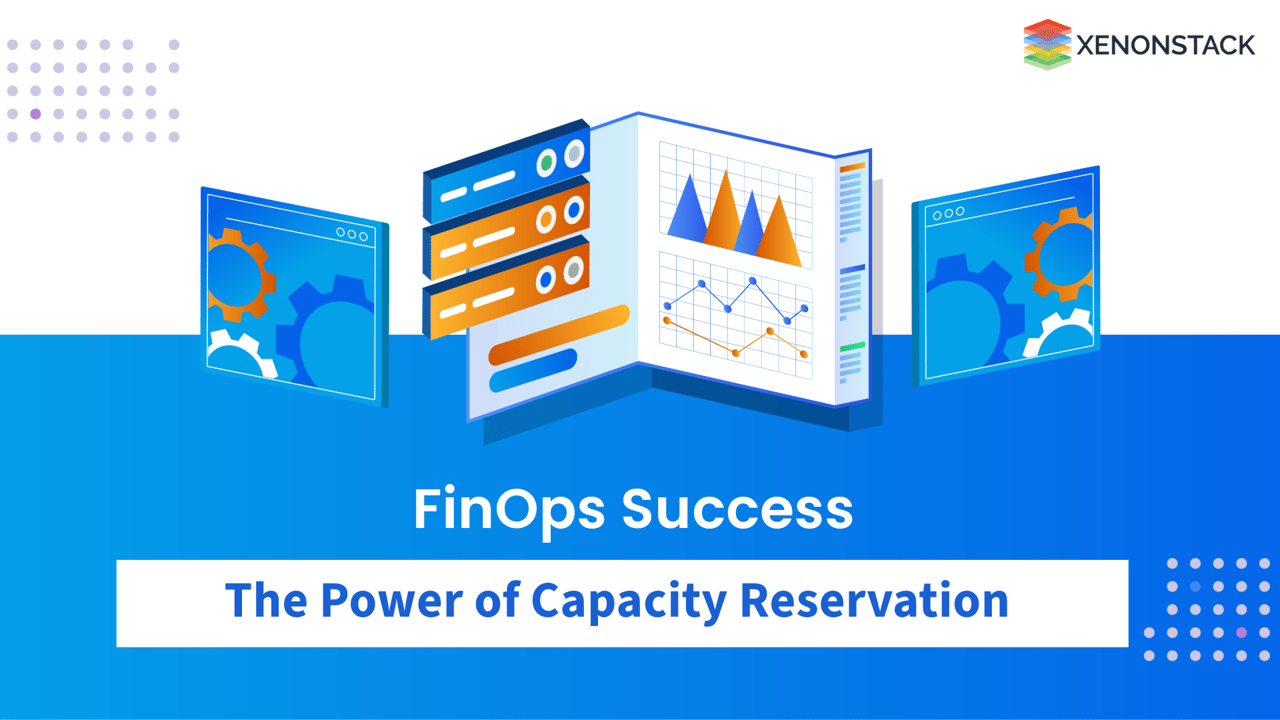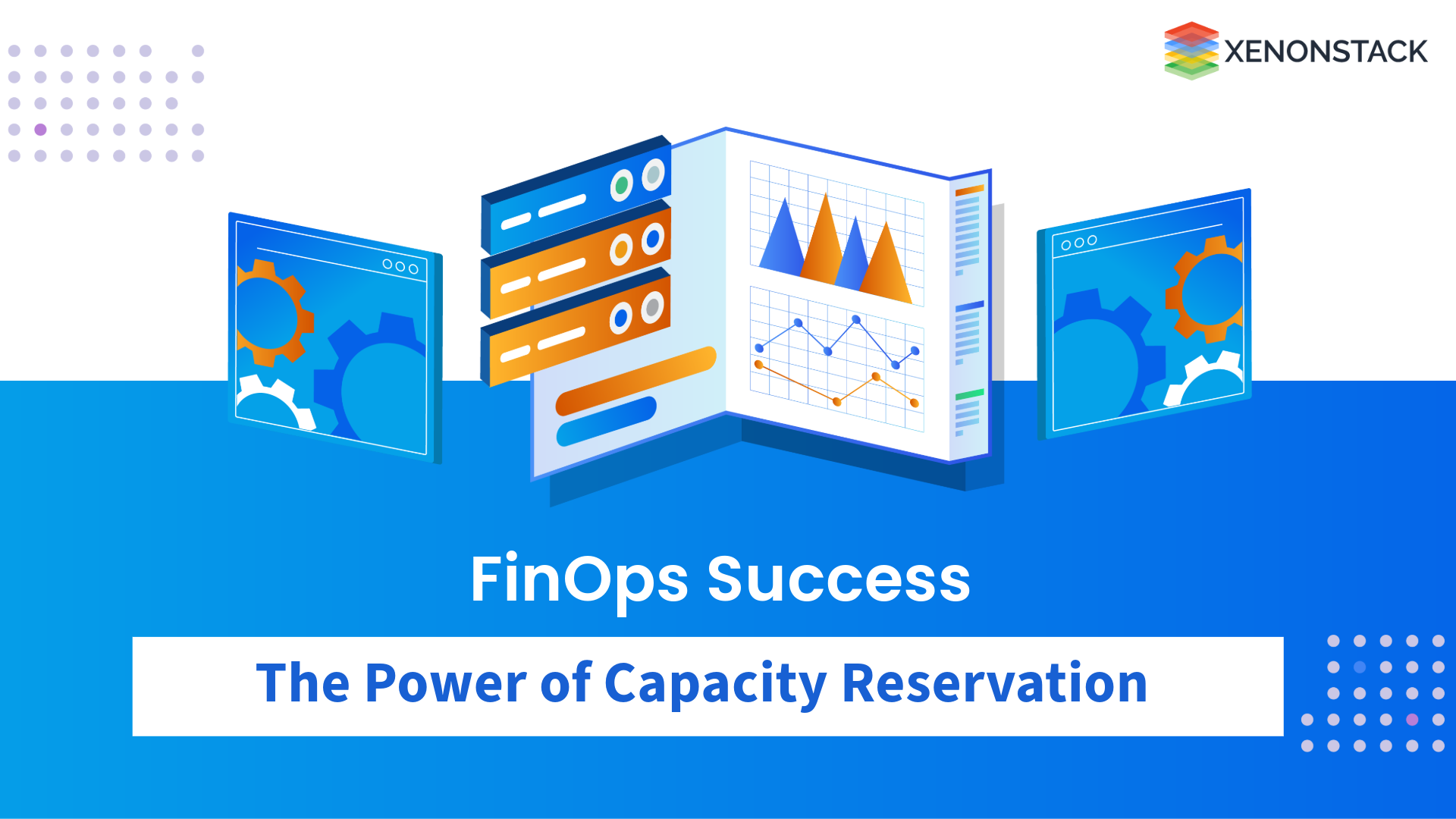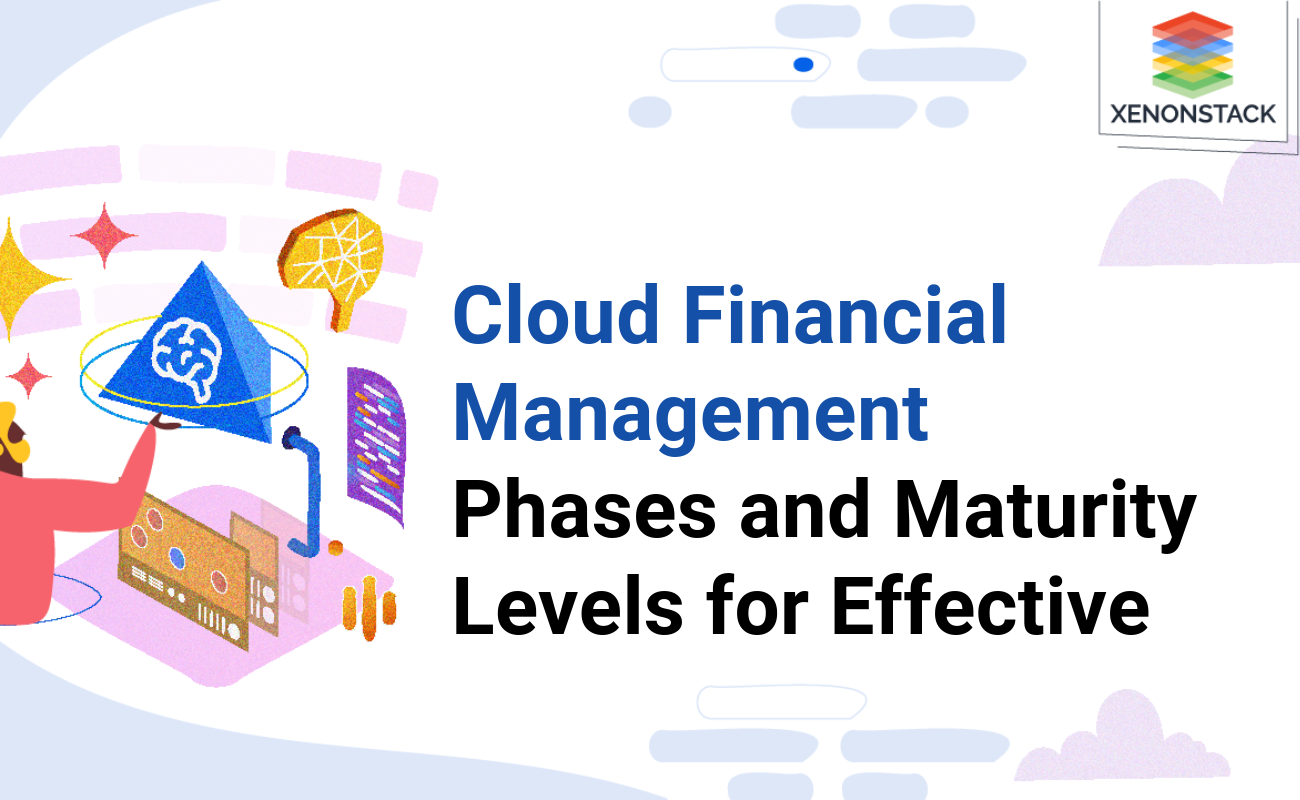
Looking Ahead: Future Possibilities
Considering that more and more business functions are being driven by technology much faster and more effectively than they are now, it is expected that the current capacity reservation pattern will not remain the same. These tendencies can, however, be summarized as follows:
-
Everything will be Automated
It is predicted that AI and machine learning systems trained to recognize and process reservations in real time will also create such inventions. This type of automation is predicted to improve performance and lessen the workload on the accounts payable department.
-
Increases Predictive Analytic Capacity
In future CSR models, it should be understood that a PRM will include more than just the basic functionality and tools for managing assets and resources. It will also contain the analysis of cost and the analysis of requirements for those cost and requirement controlling efficiencies. -
Integration with Multiple Clouds Solutions
Since most modern companies prefer using more than one cloud, it’s only logical that the Capacity Reservation Model would reshape itself to incorporate various clouds with their separate pooling concepts. This feature is vital for some organizations that have more than one cloud. -
Concern on Social Responsibility
The organizations have also understood how their activities impact the surroundings, requiring climate change to be more embedded in future models. This will be done so that these objectives will enhance the performance of other factors, such as carbon reduction cost efficiency strategies.
Advantages and Disadvantages
Advantages
-
Economics: The most important benefit of using the Capacity Reservation Model is saving a lot of money by buying reserved instances, especially for consistent and predictable workloads.
-
Better Budgeting: This model improves financial prediction and budgeting practices, enabling the organization to make provisions and manage expenditures by operational needs.
-
Resource Availability: Advance booking of capacity in an organization enables it to have required resources ready in times of high demand, helping to avoid a situation where services are disrupted.
-
More Control: This model enables firms to limit their cloud expenditures and helps reduce the chances of incurring unplanned costs due to excessive use of on-demand services.
Disadvantages
-
Upfront Costs: Taking up reserved capacity entails a substantial upfront cost, which can hinder the ability of some organizations, particularly new and small ones, to commit.
-
Potential for Overcommitment: An organization can also risk overcommitting to instances that are reserved in anticipation. If the realized usage does not match that of the reserving expectation, resources can be wasted. This needs to be avoided through a careful and detailed analysis of the situation.
-
Complexity: In addition, the introduction and use of the Capacity Reservation Model tends to be difficult, maybe especially for organizations that operate multiple clouds with different resources.
Final Thoughts and Takeaways
The Capacity Reservation Model is one of the building blocks of FinOps. It gives enterprises a systematic way to manage cloud spending without compromising on other aspects of the enterprise. With this model, pricing is predictable, budgets can be better determined, and resources can be managed effectively, helping overcome the challenges presented by cloud financial management. The Capacity Reservation Model will also advance with organizations… to integrate factors such as automation, advanced analytics and sustainability.
These pros and cons will have to be weighed. The advantages that can be derived from applying this model surpass its challenges. Therefore, organizations that train and educate their people on the Capacity Reservation Model will, without doubt, cut back on their wasteful cloud expenditure, protect their financial resources and, most importantly, help the business succeed in the market. There is also the forecast that in the subsequent analysis of the effectiveness of the current model, the use of newer technologies and smarter approaches can be incorporated into this model. Effective capacity management is useful to organizations in that it enables them to put into full use the technology of the cloud. This is done to ensure that the financial policies of the organization are in tandem with the operational policies, especially when the environment is rapidly changing.
- Read More About Discounted Options in your FinOps Framework
- Discover More Cloud Cost Allocation and Tracking with Strict FinOps Model
- Explore the Essential Insights into Financial Operations for Cloud Success




